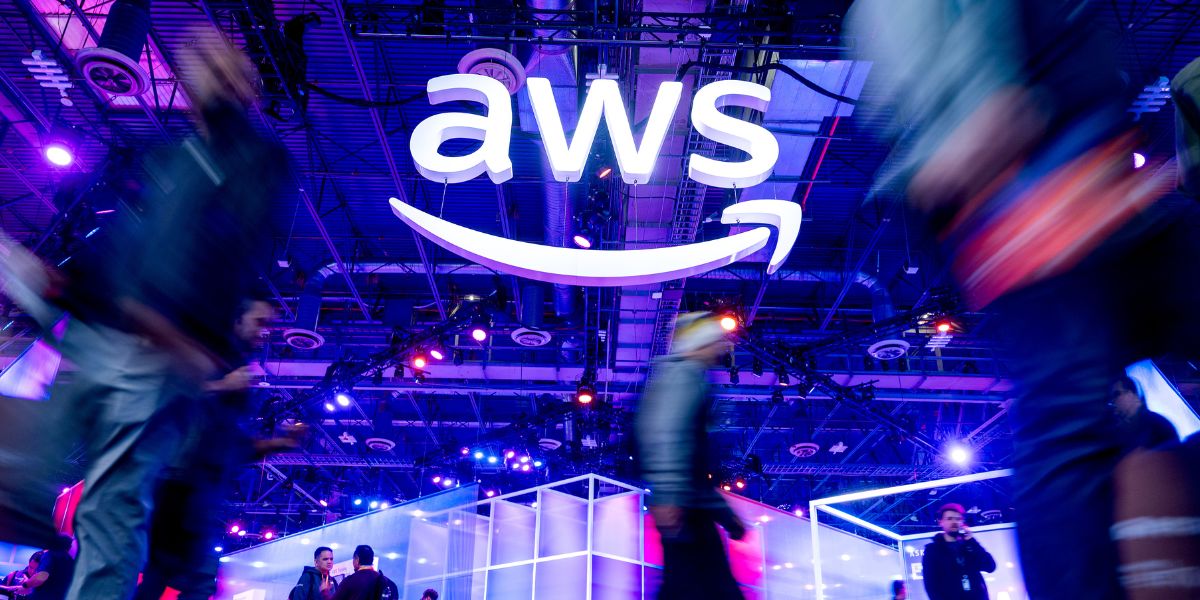A major disruption hit Amazon Web Services (AWS) on Monday, October 20, 2025, causing widespread connectivity issues across the globe. The problem began shortly after midnight Pacific time, stemming from an underlying DNS issue that affected multiple services in the US-EAST-1 region. Amazon reported increased error rates and latencies, with the outage impacting everything from e-commerce to gaming platforms. By mid-morning, the company stated the issue had been mitigated, though lingering delays persisted as they addressed residual network problems. There were no signs of a cyberattack, but the event exposed vulnerabilities in cloud infrastructure that powers much of the internet.
Widespread Impact on Popular Services
Dozens of well-known apps and websites faced outages, including Snapchat, Netflix, Venmo, Fortnite, Roblox, DoorDash, and Ring doorbells. Other affected platforms ranged from financial services like Coinbase and Robinhood to messaging apps such as Signal and productivity tools including Microsoft Teams and Slack. Users reported issues with Downdetector tracking spikes in complaints for services like Amazon’s own site, Prime Video, Alexa, and even airline systems. The disruption rippled through sectors, halting transactions, streaming, and daily operations for millions worldwide.

The Perils of Cloud Centralisation
This incident underscores the dangers of over-reliance on centralised cloud providers, where AWS, Microsoft Azure, and Google Cloud control about 65% of the global market, creating a digital oligopoly. Experts warn that such concentration turns routine failures into catastrophic events, as seen in past outages like the 2021 AWS disruption that affected deliveries and smart devices. “Centralised systems may offer convenience and scale, but they also create single points of failure,” says Amandine LePape, chief operating officer and co-founder of Element. Without redundancy, governments, businesses, and individuals risk simultaneous breakdowns in critical areas like banking, healthcare, and communications.
Economic and Systemic Vulnerabilities
The economic fallout from cloud monopolies extends beyond immediate disruptions, with vendor lock-in making it costly and complex to switch providers due to proprietary tools and high data exit fees. A 2023 Uptime Intelligence survey found that over half of significant outages cost more than $100,000, with reputational damage and fines adding to the toll. If AWS were offline for hours, it could halt financial transactions, emergency responses, and supply chains, amplifying systemic risks in an interconnected economy. Policymakers are increasingly scrutinising this concentration, with antitrust cases highlighting barriers to competition and innovation.
Reasons for AWS Dominance Despite Risks
Companies flock to AWS for its vast scale, AI integrations, and profitability (generating $107 billion in 2024 revenue) despite the centralisation hazards. Many overlook redundancy planning, as noted by Nishanth Sastry from the University of Surrey: “The main reason for this issue is that all these big companies have relied on just one service, AWS, without planning for redundancy.” Convenience trumps caution, but experts urge diversification, multi-cloud strategies, and decentralisation to build resilience against future failures.





